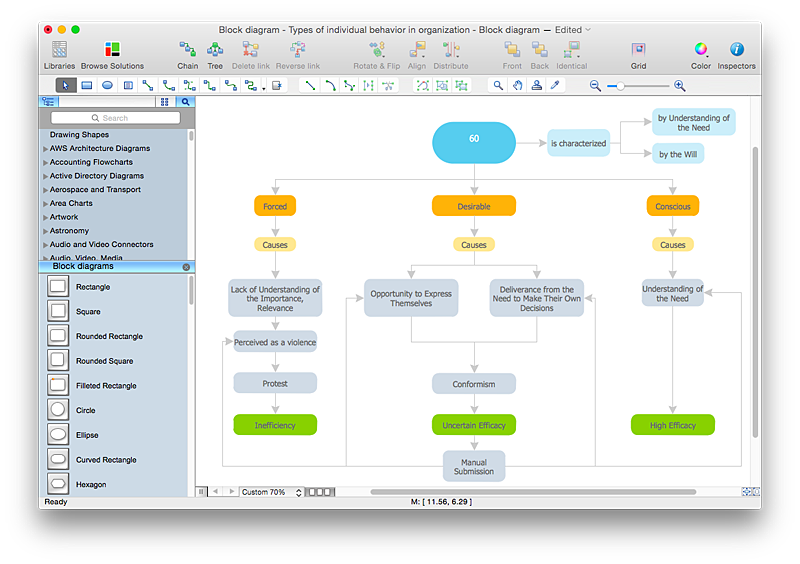
I have a dataset with values like the below: F1 F2 F21 F3 F31 F32 Name1 RD 10 RS 1 2 Name2 RD 20 RS 3 4 Name2 RD 20 RS 5 6 Name2 RD 20 RS 7 8 Name3 RD 30 RS 11 12 Name3 RD 30 RS 13 14 Name4 RD 40 RS 15 16 and I need to create a text file with ' ' delimited. And the output should like this: Ou. Write File using BufferedWritter. BufferedWritter the simplest way to write the content to a file. It writes text to a character-output stream, buffering characters so as to provide for the efficient writing of single characters, arrays, and strings. Unless prompt output is required, it is advisable to wrap a BufferedWriter around any Writer whose write operations may be costly, such as.
Out-File is a cmdlet provided by Powershell core libraries. This cmdlet provides features to write created output into a file in the file system. In this tutorial we will look different ways to write output into a file with out-file cmdlet.
One of the basic usage scenario of out-file is writing the output into a file without changing it. In this example we will write the output of Get-Process command into a file named process.txt by piping it. The file name can be specified as full path like C:userprocess.txt
Write Into A File
If we just want to add new lines and do not want to remove existing data we should add new data with -Append option like below.
We can write created output into a file is CSV format. CSV format delimits the columns with comma. We will use Export-Csv cmdlet for this operation. This will take more time than raw write into file because row will be separated and each column will be delimited with command.
Write As CSV
Another most used feature is while writing output into a file printing in the console too. This will provide verbose information about output. We will use Tee-Object which is inherited from Linux operating system.
In this example we get dir command output into console and file named dirs.txt
Write Both File and Console
On this page
If you are looking for a command line utility that you can use to access information about processes, CPU activity, memory, and more, you'll be glad to know that vmstat does this for you.
In this article, we will discuss basics of this tool using some easy to understand examples. But before we do that, it's worth mentioning that all examples in this article have been tested on an Ubuntu 18.04 LTS machine.
Linux vmstat command
The vmstat command in Linux reports virtual memory statistics. Following is its syntax:
Linn ekos. Below you will found our manuals on the Linn Ittok LV-2. The owners manual is used as an reference guide, instruction manual and instruction book. Linn Ittok-LV-2 Owners Manual. Download the Linn Ittok-LV-2 Owners Manual. Hifi-Manuals uses Cookies exclusively to gather anonymous data that help us improve the website. This data is collected. LINN ITTOK LV-II Set-Up Manual IMPORTANT CAUTION NOTES The bearings used in the LV-II are of very high quality and are precisely adjusted. Care should be taken to insure that no unnecessary forces are applied to the bearings that might adversely affect their adjustment. Linn Ittok LVII Manual - Free download as PDF File (.pdf), Text File (.txt) or read online for free. LINN ITTOK LV-II. Set-Up Manual. IMPORTANT CAUTION NOTES. The bearings used in the LV-II are of very high quality and are precisely adjusted. Care should be taken to insure that no unnecessary forces are applied to the bearings that might. Manuals - Turntable. From LinnDocs. Jump to: navigation, search. KlimaxLP12; Akurate LP12; Majik LP12. Ittok LVII Tonearm Product Information. Manuals - Phono stage for MM / MC cartridges; Motor power supplies. LP12 Power supplies; LP12 Baseboard. Linn Trampolin; Cirkus upgrade. Cirkus upgrade product information. Linn Ittok LVII owners manual, service manuals and schematics are for reference only and the Vinyl Engine bears no responsibility for errors or other inaccuracies. The PDF files are provided under strict licence. Reproduction without prior permission or for financial gain is strictly prohibited.
And here's how the tool's man page explains it:
Following are some Q&A-styled examples that should give you a better idea on how the vmstat command works:
Q1. How to use vmstat?
For basic usage, just execute 'vmstat' sans any option.
For example, in my case, the above command produced the following output:
As the first row indicates, the output is divided into six sections. The tool's man page contains detailed information about these values. Here's the excerpt:

Q2. How to make vmstat auto update its output?
By default, vmstat produces output once. However, if you want vmstat to automatically update its output, then you can do that by specifying a numeric value as input to the command.
This numeric value acts as delay (in seconds) after which the output is updated. Glary utilities pro v2 43 0 1419 serial number. For example:
This way, vmstat output will get refreshed every 3 seconds.
Q3. How to make vmstat display slabinfo?
For slabinfo, you need to use the -m command line option. Note that your Linux distribution's kernel needs to support slabinfo for this option to work. If support is there, then you need to run the command with sudo permissions.
For example, in my case, here's an excerpt of the output produced:
Q4. How to make vmstat report disk activity summary stats?
Use the -D command line option for it.
Here's the output this command produced on my system:
Q5. How to make vmstat append timestamp to each output line?
To make sure the vmstat command appends timestamp to each output line, use the -t command line:
The highlighted entries show the timestamp included in each line.
Conclusion
Depending on the kind of work you do on the Linux command line, the vmstat command can prove to be really helpful. Apart from the options discussed here, there are a lot of other command line options that this tool offers. Head here to learn more.